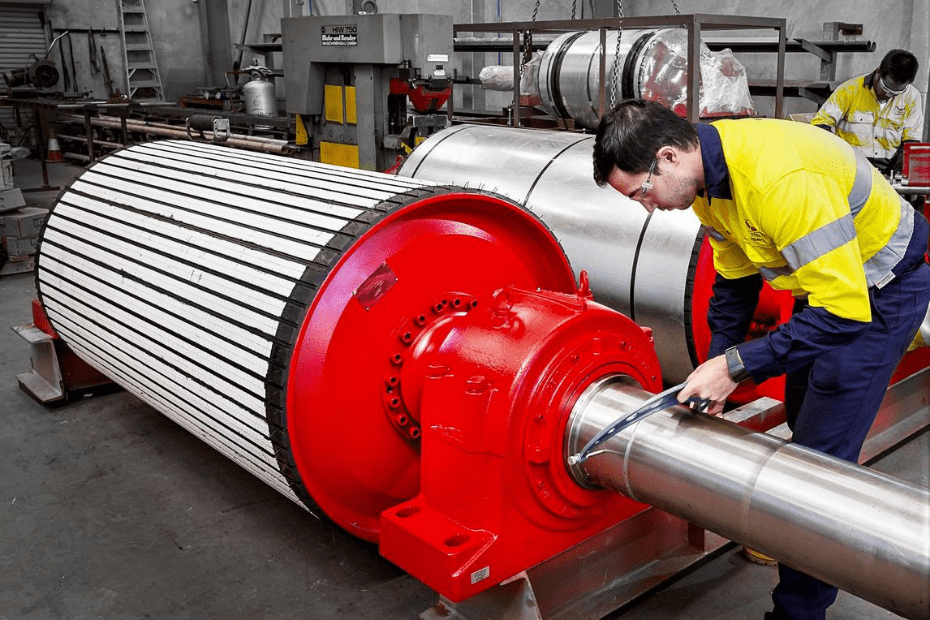
When and Why Should You Use Ceramic Lagging?
Ceramic lagging is one of the most commonly used types of lagging applied to conveyor pulleys. It is often used in harsh conditions where abrasive material is conveyed because the ceramic is hardier and more durable than rubber lagging.
Ceramic lagging can be applied to the pulley shell as a rubber backed ceramic sheet or strip. In this case, the rubber backing is bonded to the pulley shell. Alternatively, the ceramic tiles can also be bonded directly to the shell without a rubber sheet or strip.
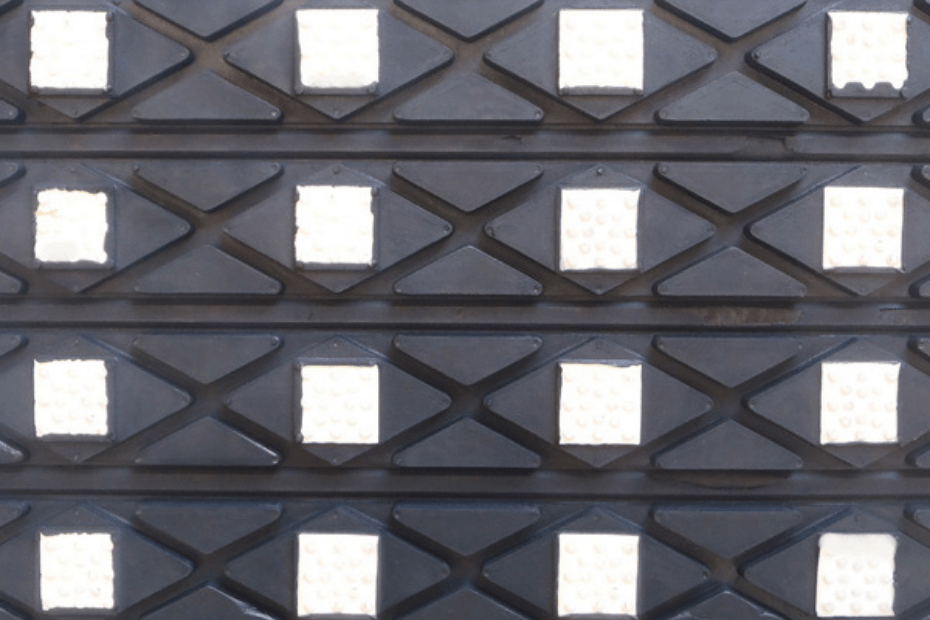
15% Ceramic
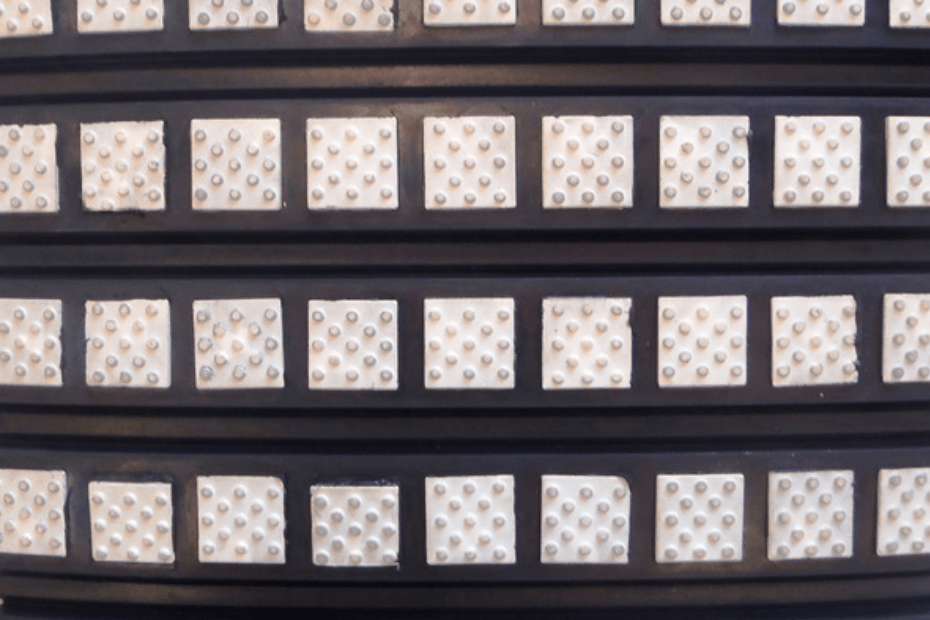
39% Dimple Ceramic
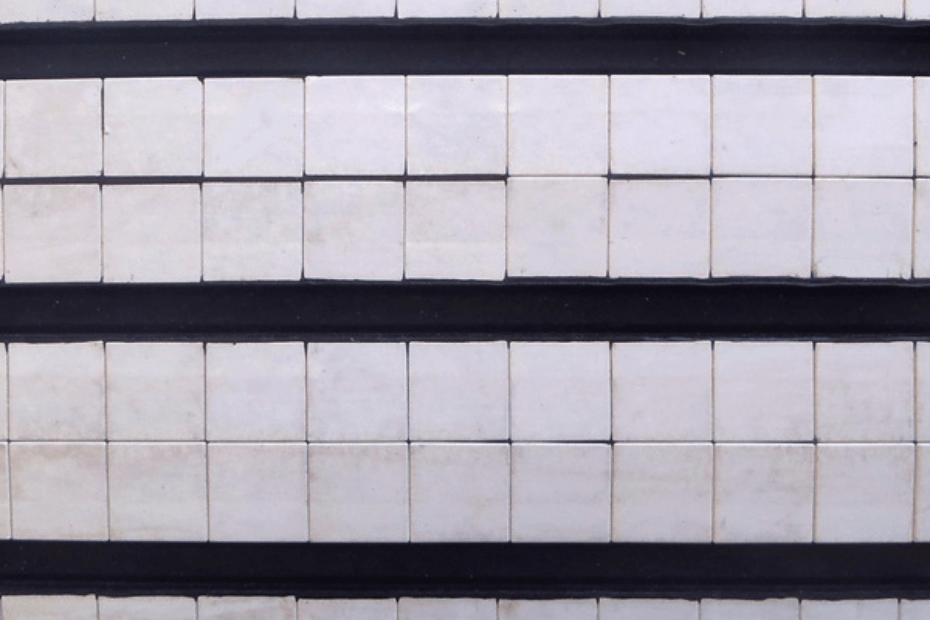
80% Smooth Ceramic
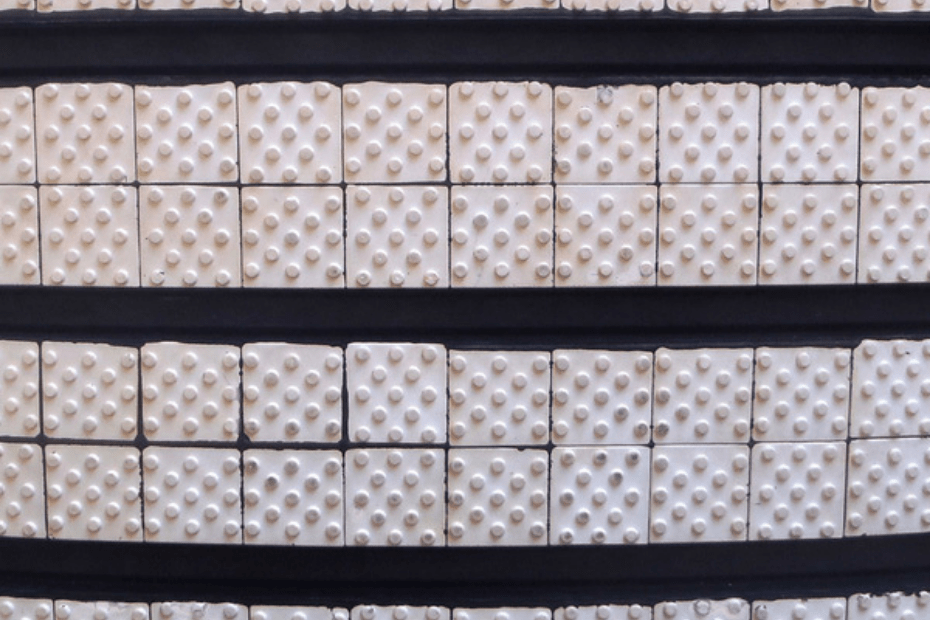
80% Dimple Ceramic
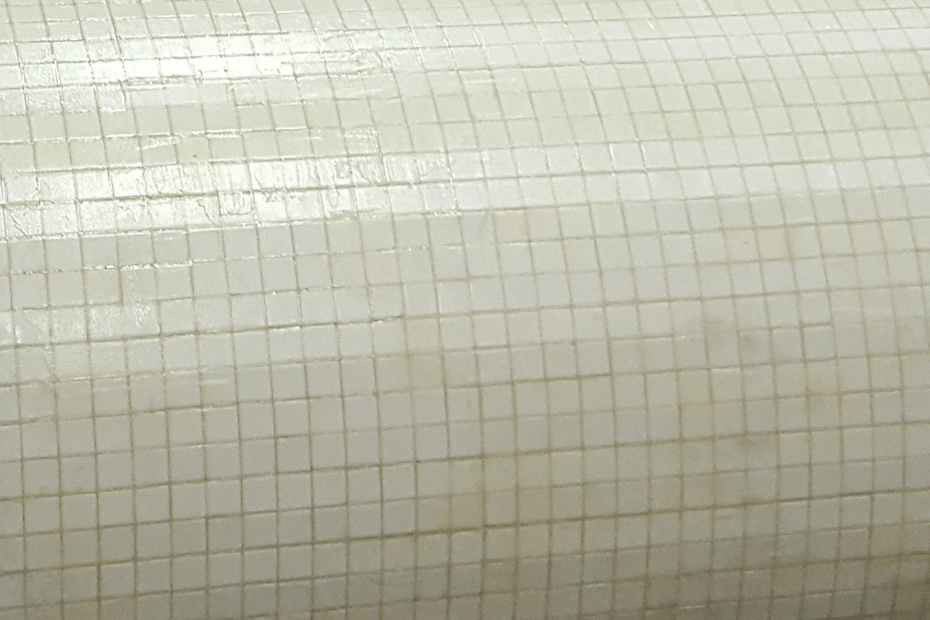

100% Ceramic (direct bonded)
Common Types of Ceramic Lagging
The most common types of ceramic lagging are dimple and smooth finished ceramic. Both of these types of ceramic lagging offer a significant increase in friction and grip to the belt and can reduce belt slippage.
Dimple vs Smooth Ceramic Lagging
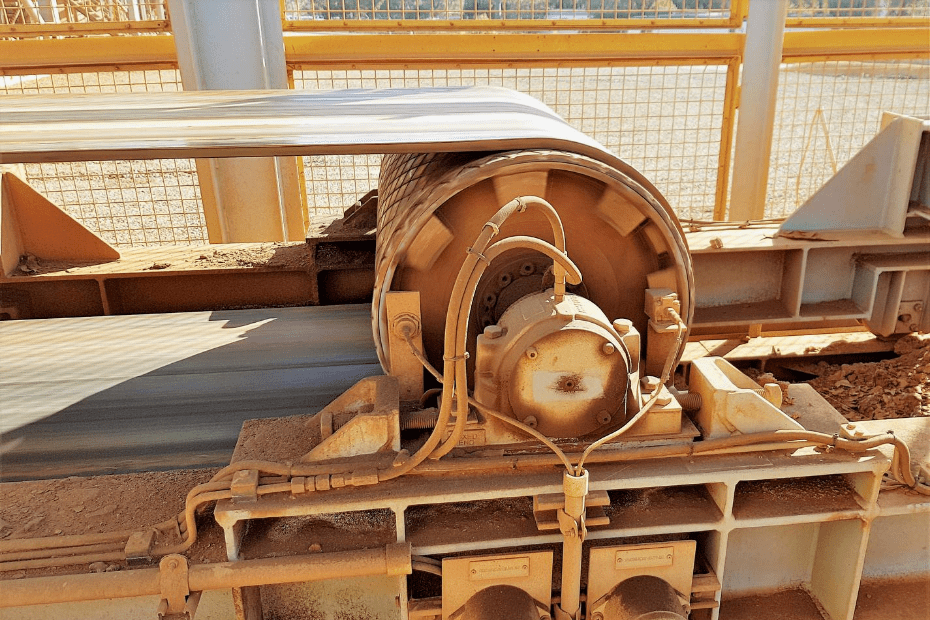

Drive pulleys are usually lagged with dimple ceramic lagging because dimpled ceramic has increased friction and grip to assist in driving the conveyor belt. Non-drive pulleys can be lagged with smooth ceramic; however, this is less common.
Smooth ceramic lagging is generally used on non-drive pulleys as the need for friction is significantly reduced and unwanted friction can cause additional belt wear. The use of dimple ceramic lagging on non-drive pulleys has a high chance of causing scratching and wear to the belt when unwanted friction and slippage occurs.
General Benefits
Ceramic lagging has a greater service life because of its durability and it reduces lagging wear. The amount of coverage of ceramic on the surface of the lagging can be customized depending on the application. The amount of ceramic coverage can also increase or decrease the level of friction and grip.
Kolag Ceramic Lagging
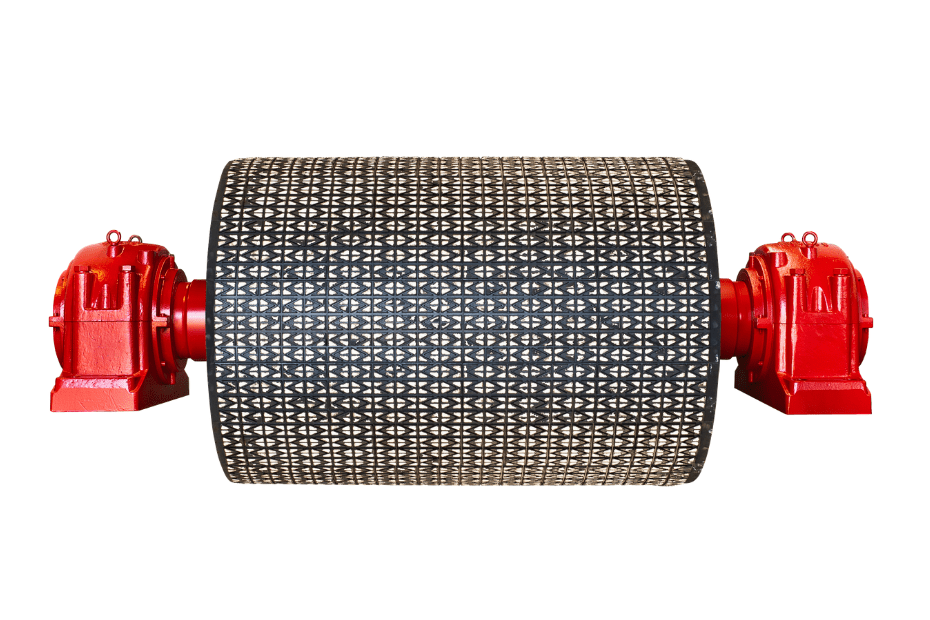

Kolag ceramic pulley lagging is one of the rubber backed ceramic lagging options we supply at DYNA Engineering. It is designed with ceramic tiles with a dimple profile which are embedded in rubber strips.
Design Features and Benefits
Dimple Profile for Reduced Belt Slippage
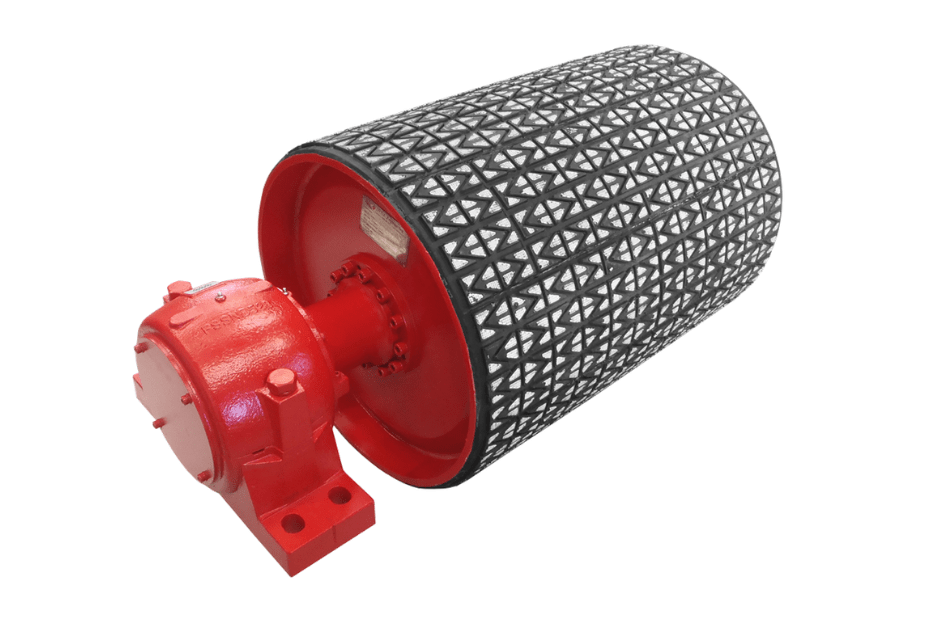


The ceramic tiles on the Kolag ceramic lagging are designed with a dimple profile to significantly reduce slippage between the belt and drive pulley. The reduction in slippage is due to the rough ceramic face producing up to two times more coefficient of friction than rubber lagging.
With the reduction in belt slippage due to the dimple profile, the Kolag ceramic lagging is especially suitable in wet or muddy conditions where slippage is more of an issue.
Additionally, the reduction in belt slippage achieved by dimple ceramic lagging can result in improved conveyor belt life as consistent belt slippage will cause wear on the belt, regardless of the lagging type.
Wear Resistant
Kolag ceramic lagging has the general benefit of ceramic lagging, which is the improved wear-resistance. The wear-resistant design of ceramic lagging means that it will last longer in harsh conditions before replacement is necessary.



Embossed Rubber Lagging Design
One of the unique design features of Kolag ceramic lagging is the “arrow-boss” design, which is an embossed rubber lagging design. This design feature achieves maximum water shedding benefits and out-performs the conventional rubber lagging in this regard.
On-Site Bonding
In addition to the reduced belt slippage and improved water shedding and wear-resistance, Kolag ceramic lagging comes with a buffed finish or optional bonding layer to enable it to be cold bonded on site.
Related Blog Posts
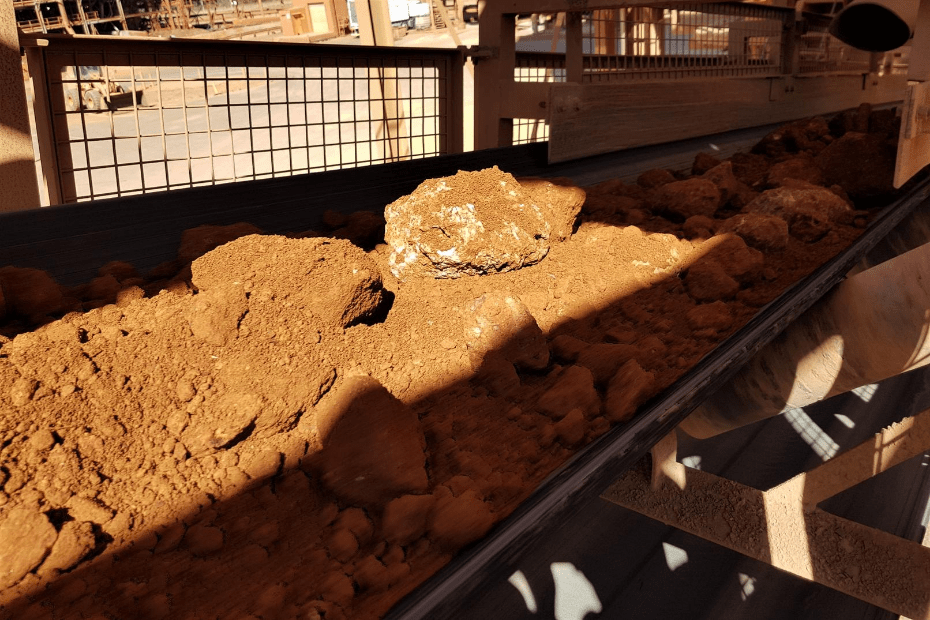

Common Causes of Belt Damage
Conveyor belts are a viable component in a conveyor system. It is important to maintain them correctly and minimise any potential stoppages or damage to maintain the maximum up time and service life…
Pulley Lagging Options
Pulley lagging is the layer of material which is bonded to the shell of a conveyor pulley. Its function is to protect the shell from damage, increase friction with the conveyor belt and dispense water off the pulley…
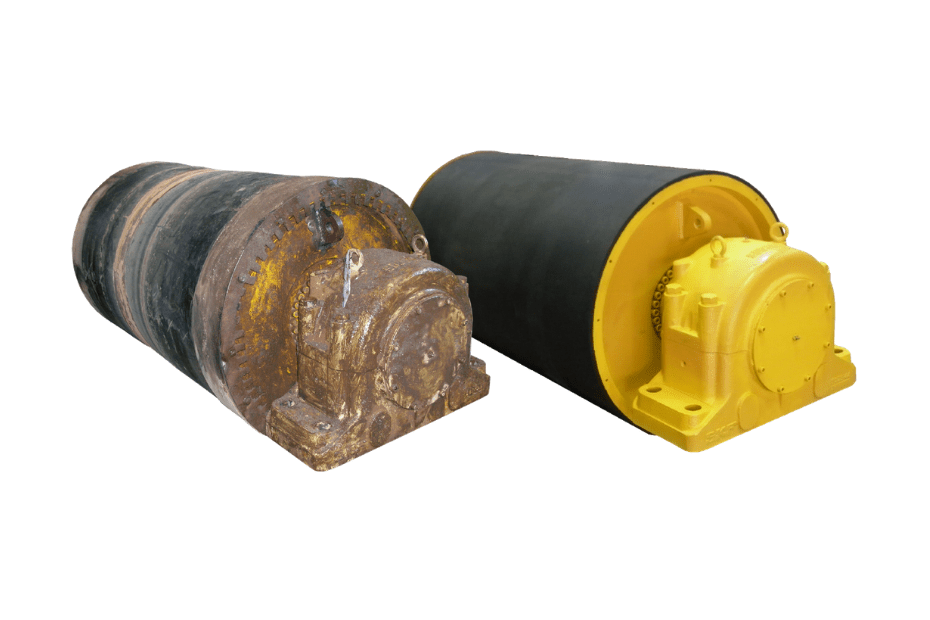

Does Your Pulley Need Refurbishing?
Pulleys are a heavy-duty, consistently running piece of machinery that are essential components of a conveyor system. Although they are designed to last, after many years of constant use…